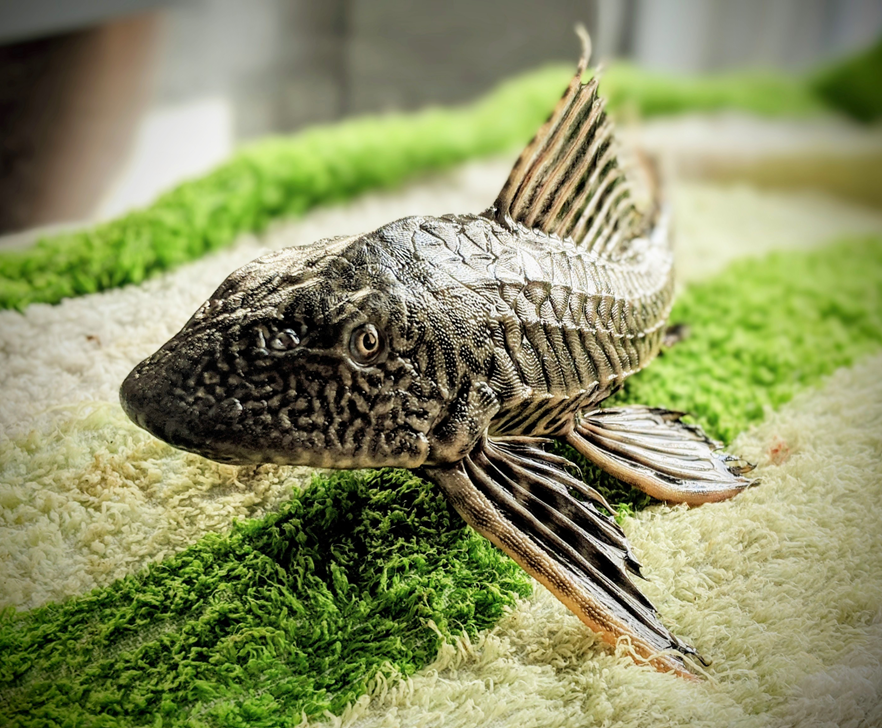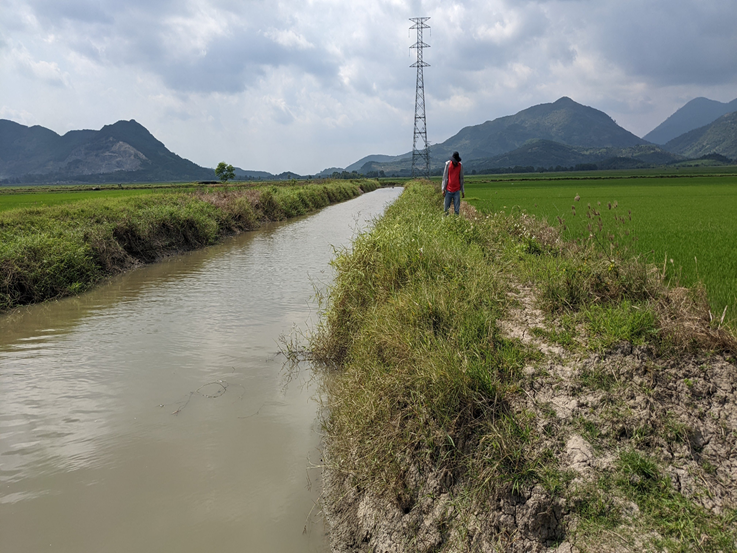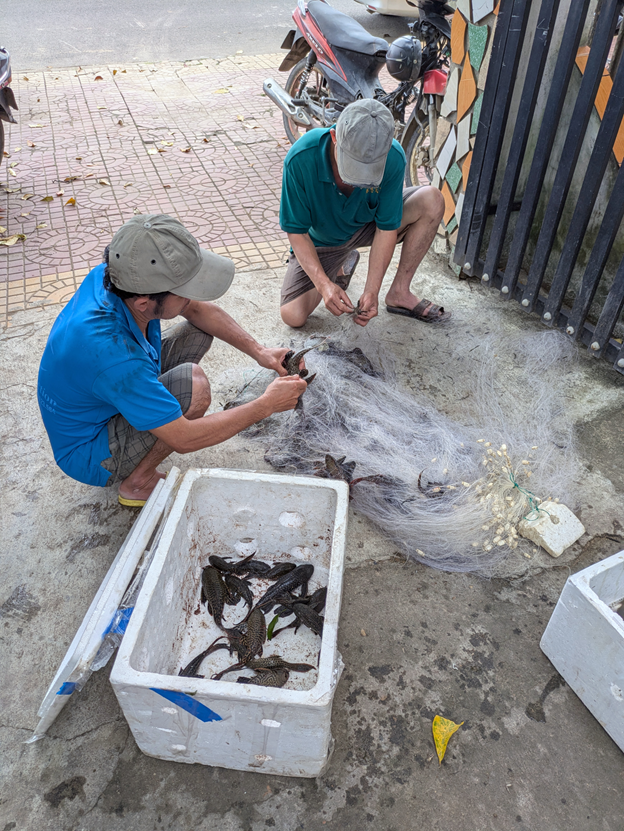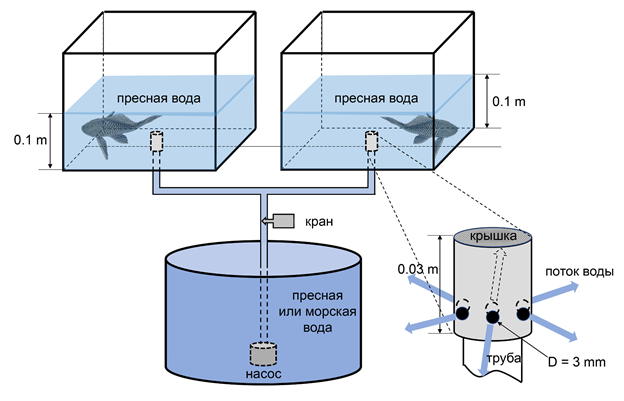
For the last two decades, non-native armoured catfish (Loricariidae) have successfully spread to tropical and subtropical bodies of water, including rivers, lakes, and reservoirs in Vietnam. The widespread invasion of the catfish genus Pterygoplichthys is primarily due to their popularity in aquarium keeping, as some specimens escape from the aquarium trade or aquaculture and successfully reproduce in natural water ecosystems. These fish are highly plastic and unpretentious. They are capable of breathing air and have a highly protected body with dermal plates, which helps them evade numerous predators. Armoured catfish exhibit parental care and high fecundity rates, contributing to their reproductive success. Non-native catfish cause significant damage to Vietnamese water ecosystems, leading to their degradation and a decline in native fish populations. While this genus is rarely used as a food source for humans, they cause considerable damage to traditional fishing practices in Vietnam by damaging net fishing gears.

Occasional escapes of aquarium armoured catfish into the wild do not fully explain the widespread and rapid spread of these species in bodies of water that are isolated and far from human civilization. Spreading through brackish water in estuaries and coastlines could be one of the potential factors. Armoured catfish are typically characterized as freshwater species. However, numerous experiments have shown that these fish are capable of inhabiting brackish water with salinity levels up to 18 PSU, whereas seawater salinity is approximately 33 PSU. The salinity of water in estuaries of large rivers and near coastlines often decreases compared to seawater. This phenomenon could facilitate the spread of catfish to neighboring rivers. It should be noted that for successful spreading, it is not enough for fish to tolerate brackish water; they must also be capable of recognizing high salinity and moving to low salinity zones.

Efim Pavlov and Ekaterina Ganzha (IEE RAS), in collaboration with Tran Duc Dien (Russian-Vietnamese Tropic Center), conducted an experimental study aimed at understanding the behavioural traits of armoured catfish that enable them to navigate in brackish water. Two experimental variants were designed. The first experiment estimated the diurnal rhythm of locomotor activity of juveniles and adult fish in brackish water (from 0 to 15 PSU). In the second experiment, a specialized, unique test apparatus with gradual increasing seawater volume was used to assess potential adaptive features of armoured catfish for detecting high water salinity. An important characteristic of the apparatus was that when seawater inflowed into the tank, it did not mix with freshwater. This feature simulated conditions observed in some estuaries of Vietnam. The apparatus was also used to measure how quickly catfish detect changes in water salinity and in which direction they move. The analysis of videos capturing the movement behaviour of catfish within the test apparatus was performed automatically using specialized software, which had been previously verified by the authors.

Scheme of the test apparatus “Equilibrium”. Photo: Efim Pavlov
The researchers found that the diurnal activity of juveniles and adults was similar, with the maximum activity occurring at nighttime. Juveniles are more sensitive to changes in water salinity than adults. Therefore, it was concluded that the likelihood of juveniles spreading from brackish water is low. Adult armoured catfish can tolerate water salinity levels of up to 10 PSU for extended periods (up to six hours). However, their tolerance to higher salinity levels (15 PSU) is limited to shorter durations, averaging up to three hours. Moreover, armoured catfish are capable of detecting high water salinity and then moving toward the surface, where the water is predominantly freshwater. This result supports the hypothesis that adult armoured catfish can navigate and move successfully along salinity gradients, which increases their chances of spreading from one river system to another through brackish water.
The provided experimental data shed light on the patterns of fish invasions. It is shown that freshwater species possess innate behavioural abilities that help them spread through ecosystems with adverse environmental conditions, such as brackish water or seawater. This finding repeatedly emphasizes the need for comprehensive investigation of the biology of non-native fish and assessment of the risks associated with their spread to new water ecosystems.
The article (Pavlov E.D., Tran Duc Dien, Ganzha E.V. 2025) was published in Aquatic Invasions (https://aquaticinvasions.arphahub.com/article/162564).
